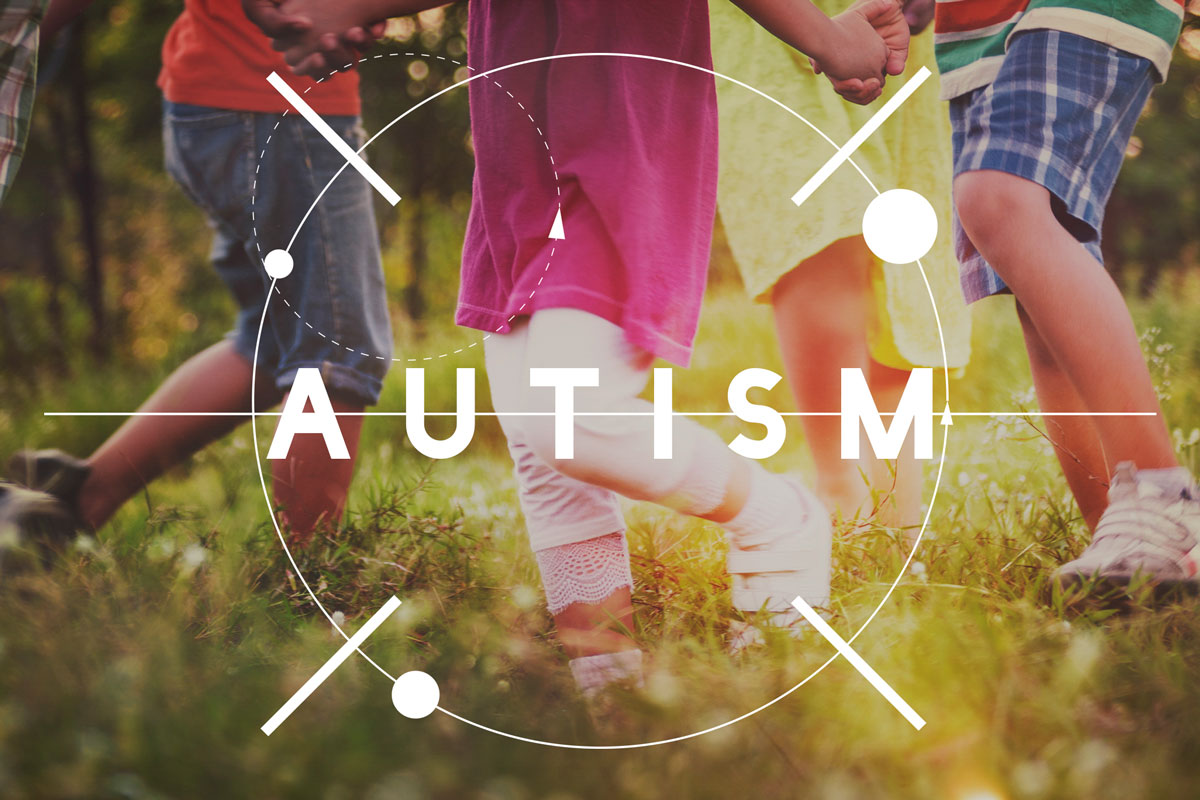The Effect of Social-Emotional Programs on Academic Achievement

There has been a recent focus on student wellness and soft skills such as adaptability, resilience, and conflict resolution. One of the principal ideas behind this focus is that when students are socially and emotionally situated with specific tools and attitudes to combat frustration and other difficult moments, they will be able to quickly focus, adapt, and overcome impediments en route to a particular learning objective.
The emphasis on social and emotional education has made its way into many explicit learning programs that have found a place in students’ daily schedules, but a new research study, Nothing Lost, Something Gained? Impact of a Universal Social-Emotional Learning Program on Future State Test Performance, asks some serious questions on whether social-emotional learning (SEL) programs help improve student academic achievement outcomes or actually create losses due to loss of instructional time. While there is little doubt that the education of soft skills is an important component of a happy and adjusted child, just exactly how this happens, to what degree, and with what lens this is viewed in the context of academic achievement is an important consideration for school leaders.

Researchers in this study used the Social Skills Improvement System Classwide Intervention Program (SSIS-CIP), a program designed to teach positive social behavior divided into 10 instructional units that take approximately 20-30 minutes to complete. SSIS-CIP units include explicit discussion and development of skills such as responsibility, empathy, and self-control. The researchers measured three groups of second grade students across seven schools, with approximately half of the students being exposed to the SSIS-CIP program and the other half without. Students then were administered the Pennsylvania System of School Assessment (PSSA) in reading the mathematics. A multilevel model was used to estimate and predict student scores and growth in grades 3-5.
The general result of the study is that the implementation of SSIS-CIP produced little to no positive effect on student academic gains in both mathematics and reading. In mathematics, the average percentile gain for a student who participated in the SSIS-CIP group was 5%, and in reading improvement gains ranged from -3.6% to +4.0%. With minimal gains in mathematics and inconsistent results in reading, it is natural to question whether these results are indicative of SEL programs as a whole.
While this study has provided important insight into the effectiveness of SEL programs directly on student academic performance, there are a myriad of other relevant factors, such as student behavior, that may be of interest in educators. Additionally, the study only focused on Elementary students over a limited period of time, opening the possibility for further research with older age groups and collecting data on a more longitudinal scale. Still, in an era of limited instructional contact time and a desire for high student academic outcomes, this study presents very useful and valid information for policymakers and leaders to consider.
This article is available and can be accessed in Spanish here.









